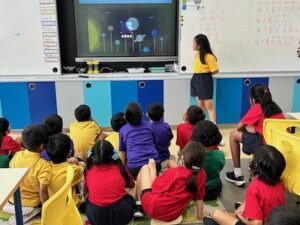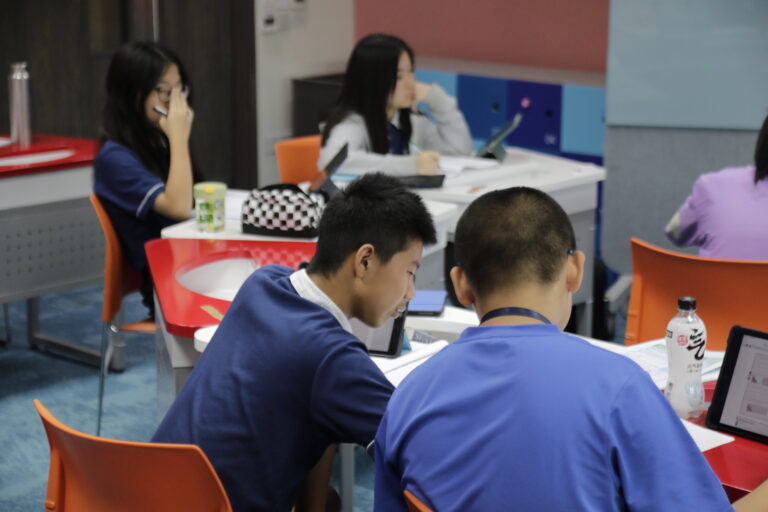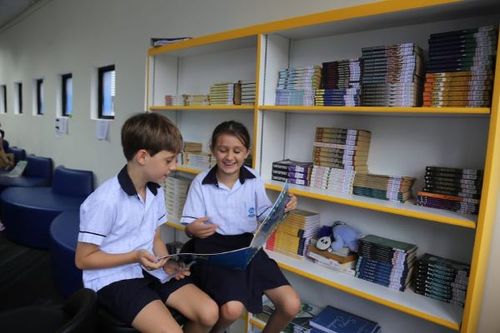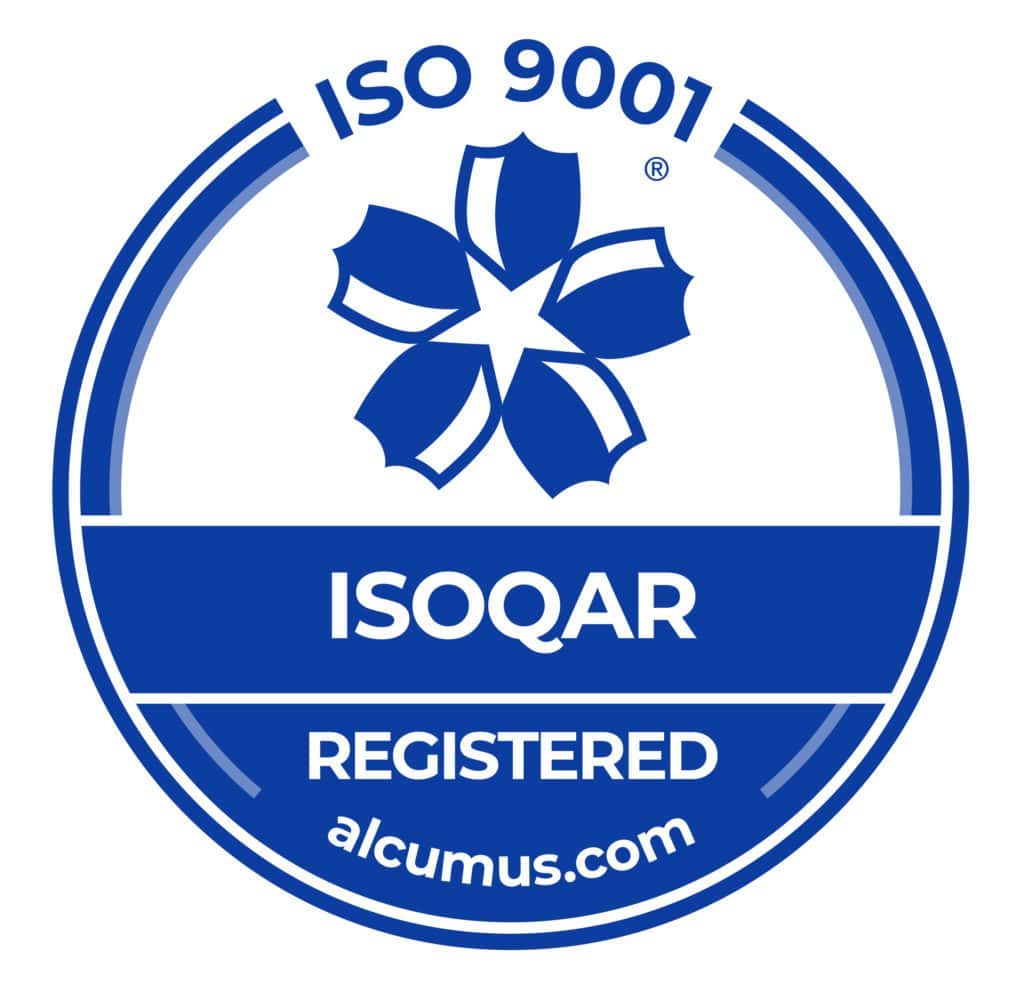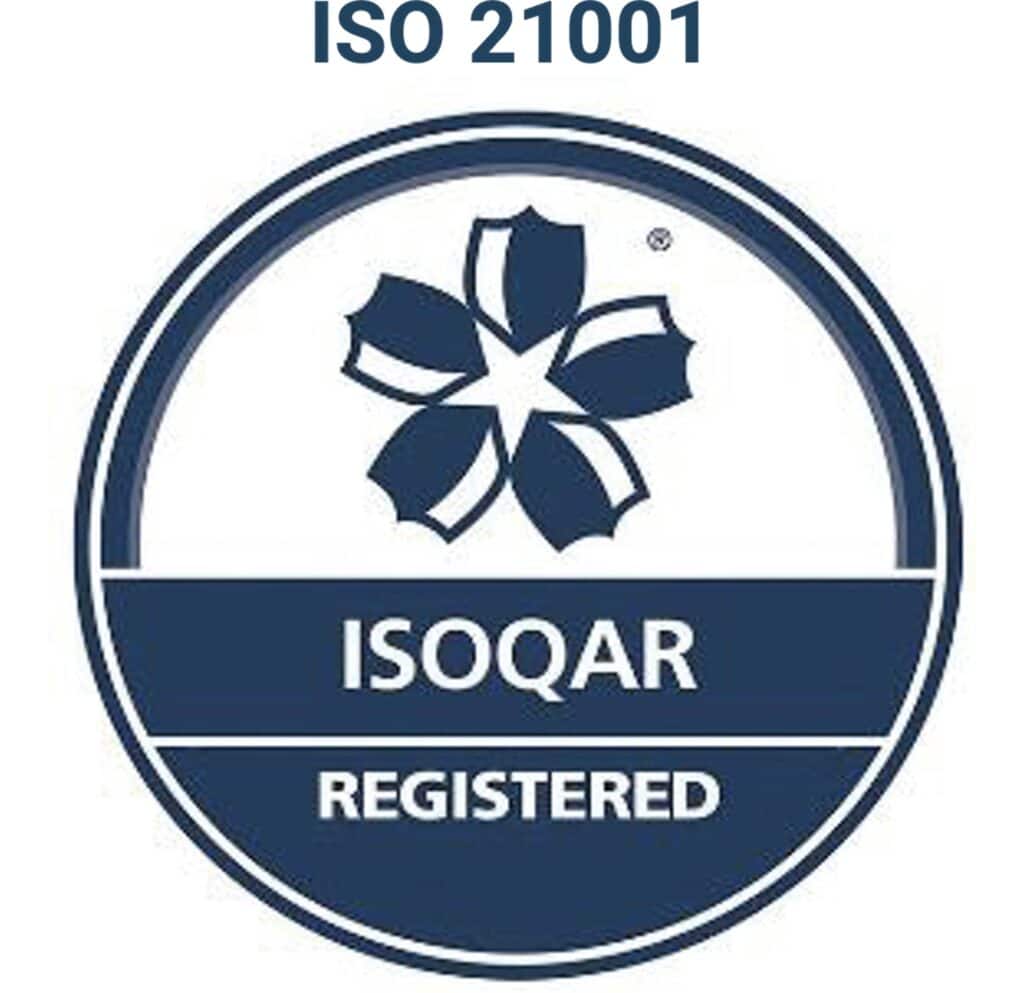Self-directed learning, or learning that is thoughtfully planned and strategically executed, is not only more engaging but also leads to more positive outcomes. It is designed to improve upon the traditional classroom experience of completing assigned tasks that students may not find particularly interesting.Assigned tasks do not involve self-directed learning because students do not set the goals or objectives. Instead of strategically planning how to accomplish their goals, they follow defined steps to arrive at a predetermined conclusion. Self-directed learning expects students to set goals, craft a strategy and execute the plan. It is an essential aspect of education and one that students must master to derive genuine satisfaction from the educational experience. Self-directed learning, or learning that’s intentional and planned, involves elements of self-evaluation, goal-setting and strategising. Essentially, it’s how a student takes ownership of their educational process to gain information that’s important and interesting to them. The benefits of self-directed learning include:
Self-directed learning, or learning that’s intentional and planned, involves elements of self-evaluation, goal-setting and strategising. Essentially, it’s how a student takes ownership of their educational process to gain information that’s important and interesting to them. The benefits of self-directed learning include: The International Baccalaureate programme stresses the importance of self-led learning. The self-led, or self-directed learning definition, is woven throughout the IB programme at OWIS Nanyang. It provides a foundation for students to build a scaffold of learning. Ideally, this passion will continue throughout school and beyond, producing curious global citizens who aren’t afraid to explore new topics and have difficult conversations.One World International School (OWIS) is a leading international school in Singapore for self-led learning. We actively strive to impart this trait to students at every age level, and the IB programme is one of the most powerful tools we have to accomplish our goal.OWIS uses many methods and techniques to foster an atmosphere of self-led learning in the classroom. We begin by helping students understand where their interests and talents lie. We then offer a range of opportunities for discovery. This means we allow students to decide how they wish to begin researching their topic. We offer resources and new methods of discovery and enable students to choose the ones they most prefer.Instead of assigning textbook passages for students to read, we encourage them to ask questions that foster critical thinking, such as “What do I wish to learn about this topic?” or “How do I feel I can explore this topic best?” We also teach them how to distinguish which sources are credible and which aren’t.We introduce them to various methods of exploration. For example, a student who wants to learn more about a foreign country might sample the national cuisine, read a book about an important event in its history or talk to someone from that country. They might learn a few phrases in the language, explore the way people from that country dress or even take a trip to immerse themselves in the culture.In this way, learning becomes fun and engaging. It becomes more of an adventure than a chore, and it teaches students how to approach research from unique perspectives.
The International Baccalaureate programme stresses the importance of self-led learning. The self-led, or self-directed learning definition, is woven throughout the IB programme at OWIS Nanyang. It provides a foundation for students to build a scaffold of learning. Ideally, this passion will continue throughout school and beyond, producing curious global citizens who aren’t afraid to explore new topics and have difficult conversations.One World International School (OWIS) is a leading international school in Singapore for self-led learning. We actively strive to impart this trait to students at every age level, and the IB programme is one of the most powerful tools we have to accomplish our goal.OWIS uses many methods and techniques to foster an atmosphere of self-led learning in the classroom. We begin by helping students understand where their interests and talents lie. We then offer a range of opportunities for discovery. This means we allow students to decide how they wish to begin researching their topic. We offer resources and new methods of discovery and enable students to choose the ones they most prefer.Instead of assigning textbook passages for students to read, we encourage them to ask questions that foster critical thinking, such as “What do I wish to learn about this topic?” or “How do I feel I can explore this topic best?” We also teach them how to distinguish which sources are credible and which aren’t.We introduce them to various methods of exploration. For example, a student who wants to learn more about a foreign country might sample the national cuisine, read a book about an important event in its history or talk to someone from that country. They might learn a few phrases in the language, explore the way people from that country dress or even take a trip to immerse themselves in the culture.In this way, learning becomes fun and engaging. It becomes more of an adventure than a chore, and it teaches students how to approach research from unique perspectives.
Benefits of Self-Directed Learning
 Self-directed learning, or learning that’s intentional and planned, involves elements of self-evaluation, goal-setting and strategising. Essentially, it’s how a student takes ownership of their educational process to gain information that’s important and interesting to them. The benefits of self-directed learning include:
Self-directed learning, or learning that’s intentional and planned, involves elements of self-evaluation, goal-setting and strategising. Essentially, it’s how a student takes ownership of their educational process to gain information that’s important and interesting to them. The benefits of self-directed learning include:- Fostering a passion for education
- Developing the desire for life-long learning
- Improving student engagement
- Making school more enjoyable
- Improving skills in research, planning, strategising and setting goals
How to Promote Self-Directed Learning in the IB Diploma Programme
 The International Baccalaureate programme stresses the importance of self-led learning. The self-led, or self-directed learning definition, is woven throughout the IB programme at OWIS Nanyang. It provides a foundation for students to build a scaffold of learning. Ideally, this passion will continue throughout school and beyond, producing curious global citizens who aren’t afraid to explore new topics and have difficult conversations.One World International School (OWIS) is a leading international school in Singapore for self-led learning. We actively strive to impart this trait to students at every age level, and the IB programme is one of the most powerful tools we have to accomplish our goal.OWIS uses many methods and techniques to foster an atmosphere of self-led learning in the classroom. We begin by helping students understand where their interests and talents lie. We then offer a range of opportunities for discovery. This means we allow students to decide how they wish to begin researching their topic. We offer resources and new methods of discovery and enable students to choose the ones they most prefer.Instead of assigning textbook passages for students to read, we encourage them to ask questions that foster critical thinking, such as “What do I wish to learn about this topic?” or “How do I feel I can explore this topic best?” We also teach them how to distinguish which sources are credible and which aren’t.We introduce them to various methods of exploration. For example, a student who wants to learn more about a foreign country might sample the national cuisine, read a book about an important event in its history or talk to someone from that country. They might learn a few phrases in the language, explore the way people from that country dress or even take a trip to immerse themselves in the culture.In this way, learning becomes fun and engaging. It becomes more of an adventure than a chore, and it teaches students how to approach research from unique perspectives.
The International Baccalaureate programme stresses the importance of self-led learning. The self-led, or self-directed learning definition, is woven throughout the IB programme at OWIS Nanyang. It provides a foundation for students to build a scaffold of learning. Ideally, this passion will continue throughout school and beyond, producing curious global citizens who aren’t afraid to explore new topics and have difficult conversations.One World International School (OWIS) is a leading international school in Singapore for self-led learning. We actively strive to impart this trait to students at every age level, and the IB programme is one of the most powerful tools we have to accomplish our goal.OWIS uses many methods and techniques to foster an atmosphere of self-led learning in the classroom. We begin by helping students understand where their interests and talents lie. We then offer a range of opportunities for discovery. This means we allow students to decide how they wish to begin researching their topic. We offer resources and new methods of discovery and enable students to choose the ones they most prefer.Instead of assigning textbook passages for students to read, we encourage them to ask questions that foster critical thinking, such as “What do I wish to learn about this topic?” or “How do I feel I can explore this topic best?” We also teach them how to distinguish which sources are credible and which aren’t.We introduce them to various methods of exploration. For example, a student who wants to learn more about a foreign country might sample the national cuisine, read a book about an important event in its history or talk to someone from that country. They might learn a few phrases in the language, explore the way people from that country dress or even take a trip to immerse themselves in the culture.In this way, learning becomes fun and engaging. It becomes more of an adventure than a chore, and it teaches students how to approach research from unique perspectives.



